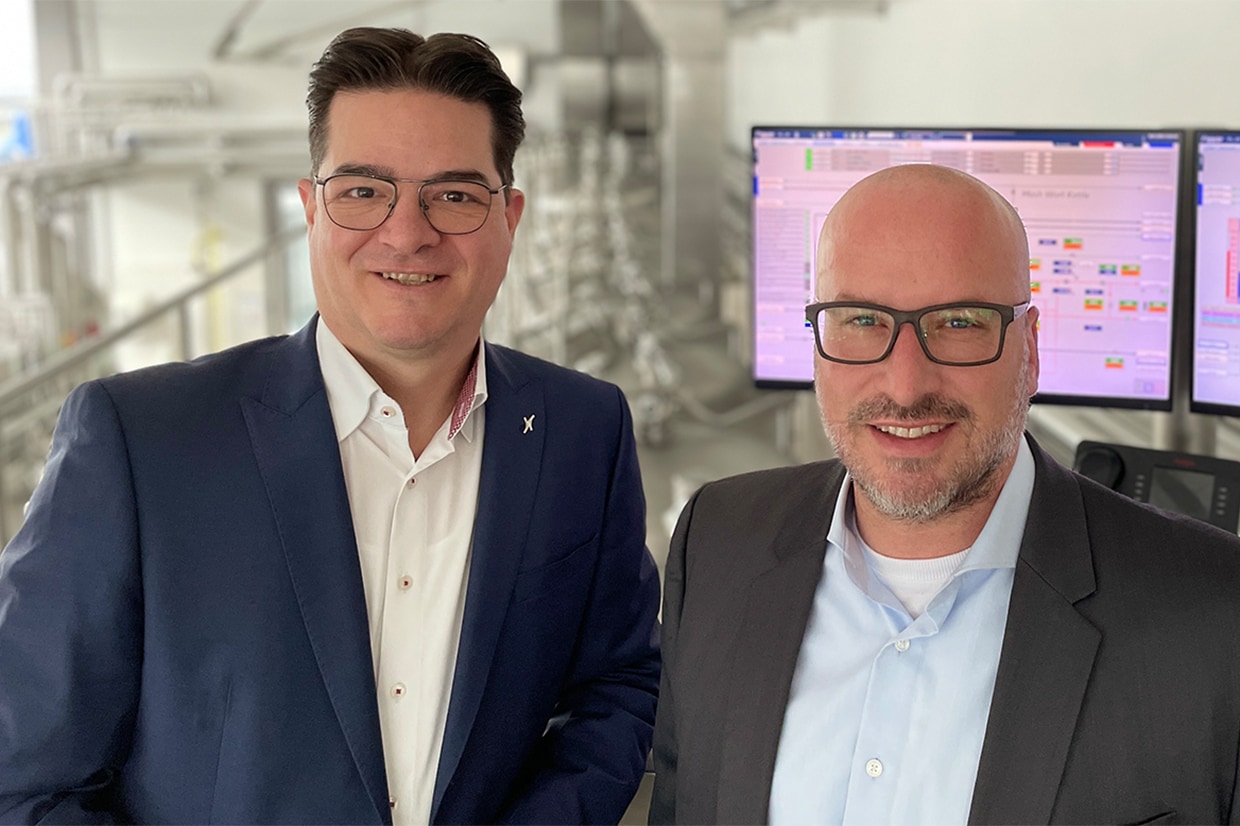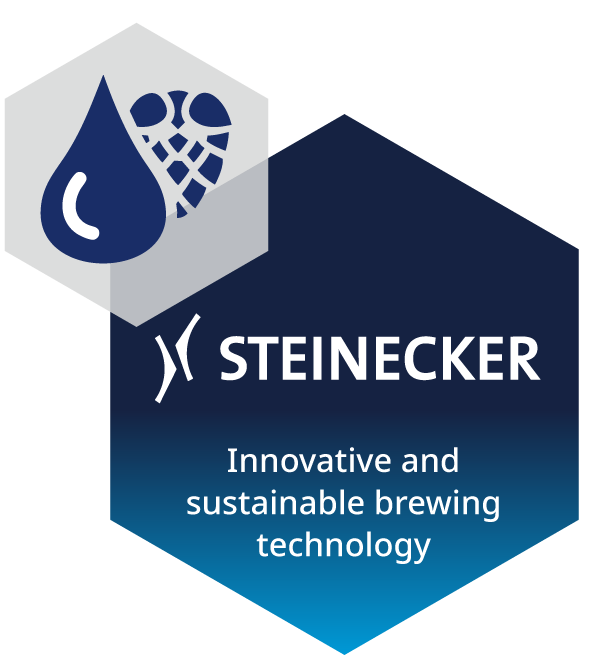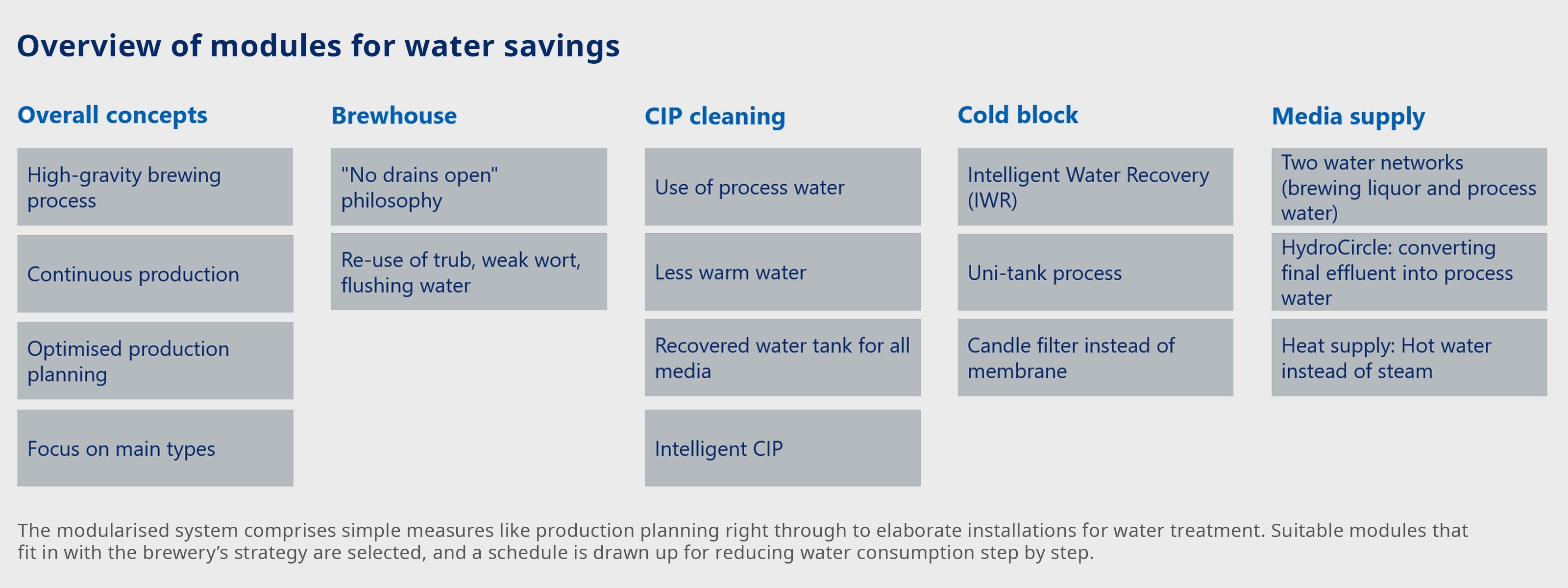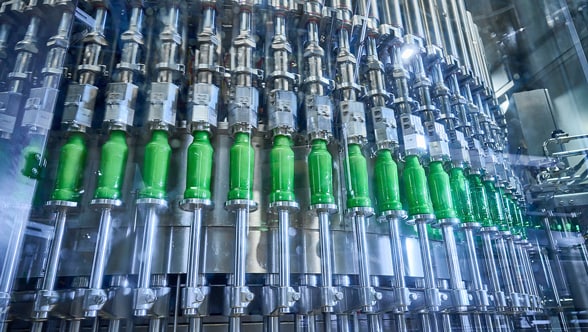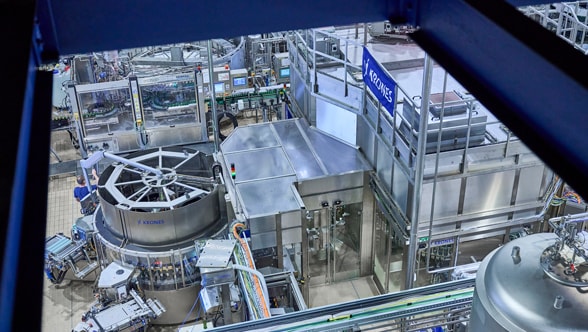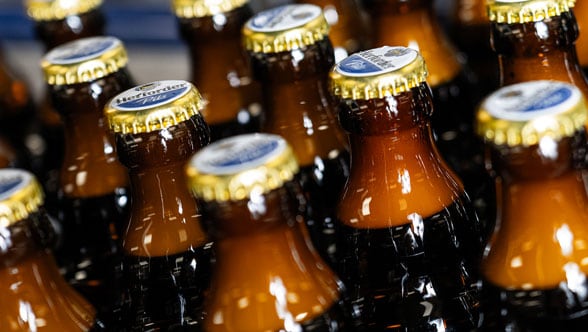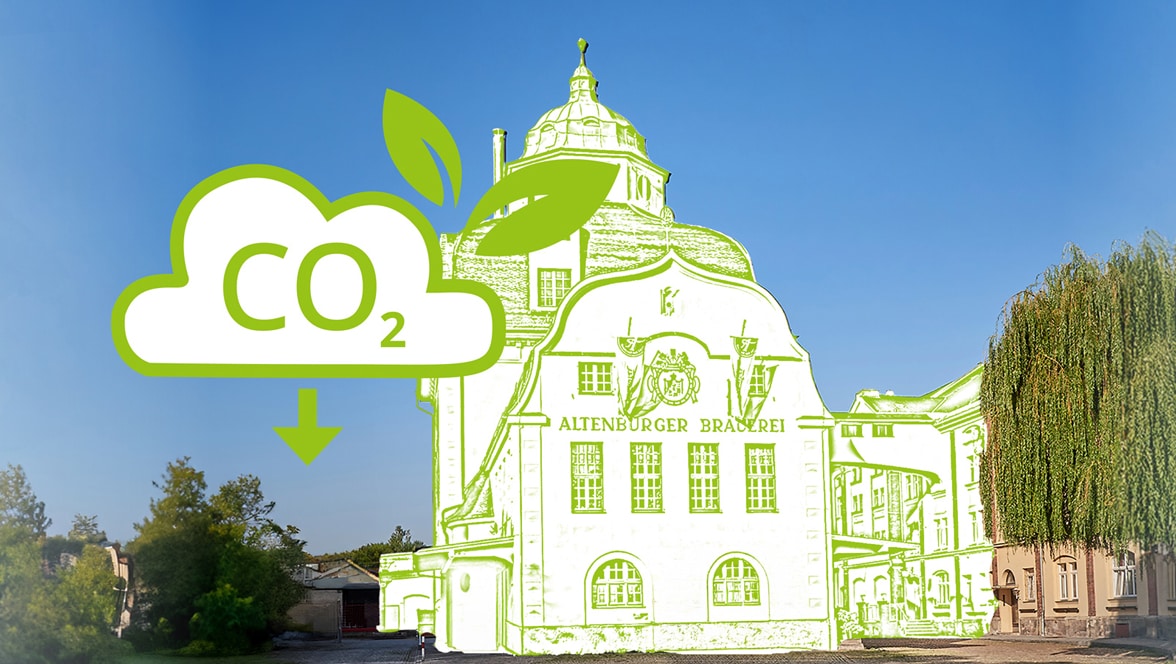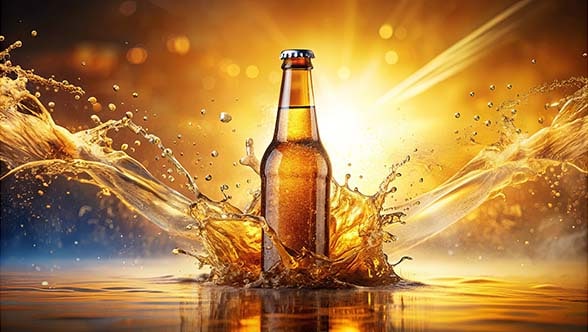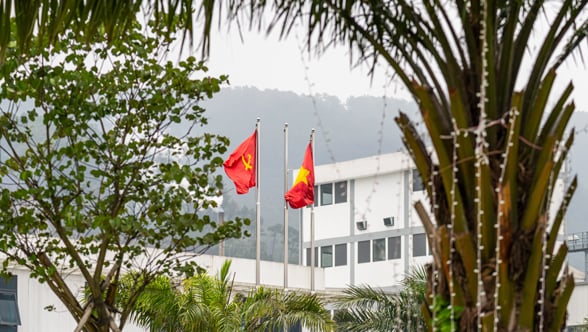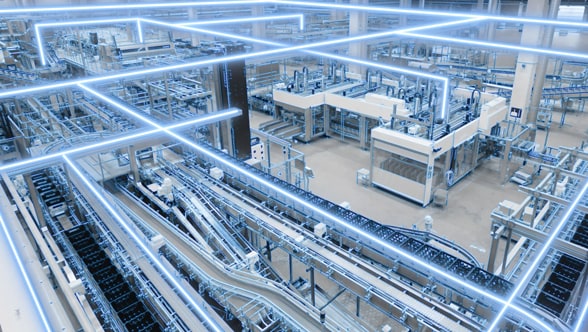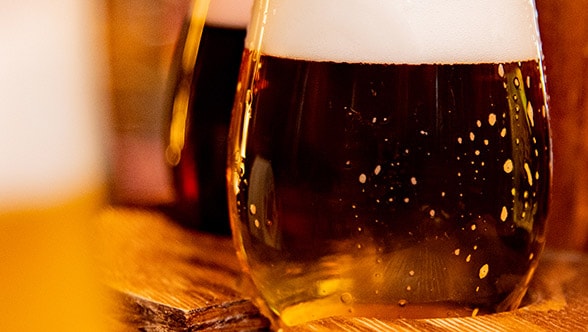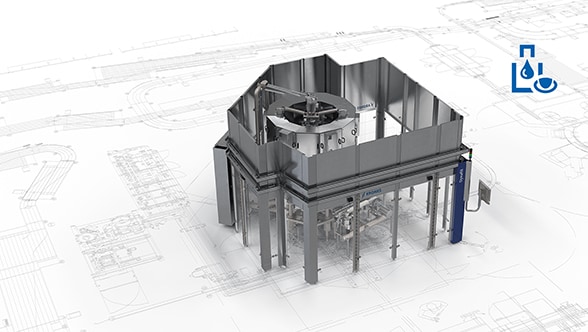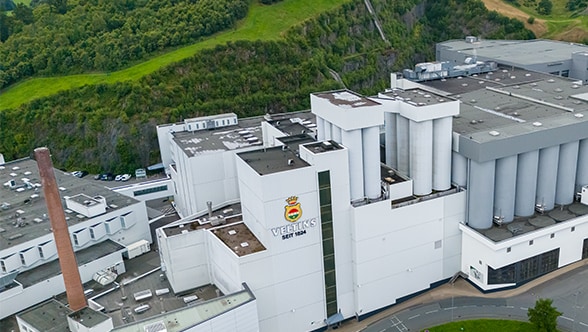Jochen Löfflad from Steinecker’s sales team firmly believes that “even though water is still frequently a niche issue at present, it will become the focus of attention in future. In view of the rising pressure on costs and their carbon-emission targets, many breweries are currently concentrating their efforts on making best possible use of thermal and electrical energy. But the number of companies that also set themselves ambitious goals for reducing water consumption is steadily increasing. We’ve therefore put together a suitable tool box well in advance.”
The reasons prompting breweries to optimise their water use are many and varied, ranging from the sustainability philosophy they pursue and cost pressure right through to perceptible water shortage. “Deliberations vary considerably from region to region,” explains Thilo Steindorf, one of Jochen Löfflad’s colleagues. “We know of certain breweries in Central America, for example, that don’t have enough water even now and must therefore cut back production.”
